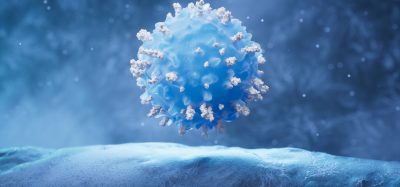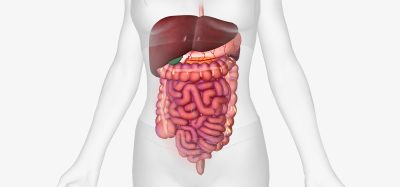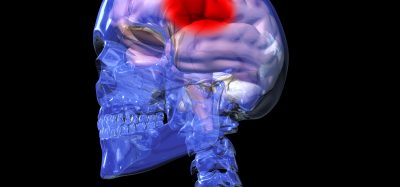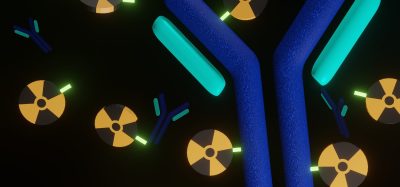New cancer treatment regimens could be identified with novel technology
Posted: 20 March 2020 | Rachael Harper (Drug Target Review) | No comments yet
A new technology called mass cytometry, or CyTOF, is providing new insights into a range of key proteins in blood cancer cells.


The inner workings of individual cancer cells have been revealed with new technology and could potentially identify more effective treatment combinations for people with cancer.
A joint Walter and Eliza Hall Institute, Australia, and Stanford University, US, team used a technique called mass cytometry (CyTOF) to simultaneously analyse the levels of more than 20 different proteins in millions of individual blood cancer cells. This revealed how these cells responded to different anti-cancer medicines, even suggesting potential new treatment combinations, they said.
The study was led by Walter and Eliza Hall Institute researchers Dr Charis Teh and Associate Professor Daniel Gray, in collaboration with Professor Garry Nolan and Dr Melissa Ko from Stanford University.
Biomarkers are redefining how precision therapies are discovered, validated and delivered.
This exclusive expert-led report reveals how leading teams are using biomarker science to drive faster insights, cleaner data and more targeted treatments – from discovery to diagnostics.
Inside the report:
- How leading organisations are reshaping strategy with biomarker-led approaches
- Better tools for real-time decision-making – turning complex data into faster insights
- Global standardisation and assay sensitivity – what it takes to scale across networks
Discover how biomarker science is addressing the biggest hurdles in drug discovery, translational research and precision medicine – access your free copy today
“We wanted to better understand the molecular differences between individual cancer cells so we could discover how these differences impact the cancer’s response to therapies – for example, whether some cells are more resistant than others to an anti-cancer drug,” Dr Teh said. “We decided that a new technology, called mass cytometry, would be an ideal approach to address this question.”
Mass cytometry can simultaneously measure the quantity of different proteins in a single cell.
“The system we developed simultaneously and precisely measures 26 separate proteins in a blood cancer cell line derived from myeloma – an incurable cancer of immune B cells,” Dr Teh said. “We focused on understanding why some cells are sensitive to anti-cancer agents, while others are resistant.
“We used machine learning to analyse the mass cytometry results of thousands of cells and were able to distinguish which cells survived treatment with standard medicines used to treat myeloma – and see how they differed from cells that were sensitive to these medicines,” she said.
The team pinpointed the protein MCL-1 as a key factor determining whether cells lived or died when exposed to the myeloma medicines dexamethasone or bortezomib. MCL-1 is a type of protein that can prevent cell death when overproduced in cancer cells.
“Excitingly, there are already drugs in clinical trials that inhibit MCL-1 – and when we tested these against myeloma cells, we found the MCL-1 inhibitor made the cells more sensitive to dexamethasone. This was even the case in myeloma samples taken from a patient – our system had identified a potential new therapeutic approach for myeloma,” Dr Teh explained.
“The panel of markers developed in this study gives researchers considerable scope to understand how cancer cells are responding to anti-cancer therapies – and as we found, it can even help to identify better drug combinations,” he concluded.
The research was published in Cell Death & Differentiation.
Related topics
Analytical Techniques, Biomarkers, Clinical Trials, Disease Research, Drug Development, Informatics, Research & Development, Technology
Related conditions
Cancer
Related organisations
Stanford University, Walter and Eliza Hall Institute
Related people
Daniel Gray, Dr Charis Teh








